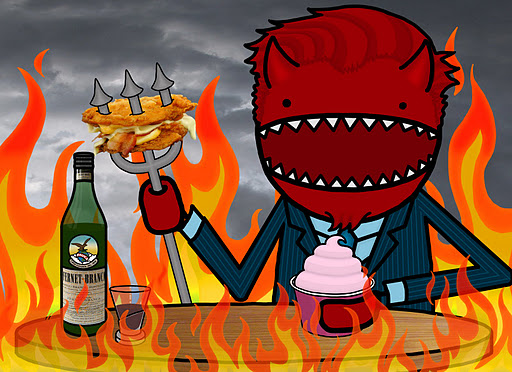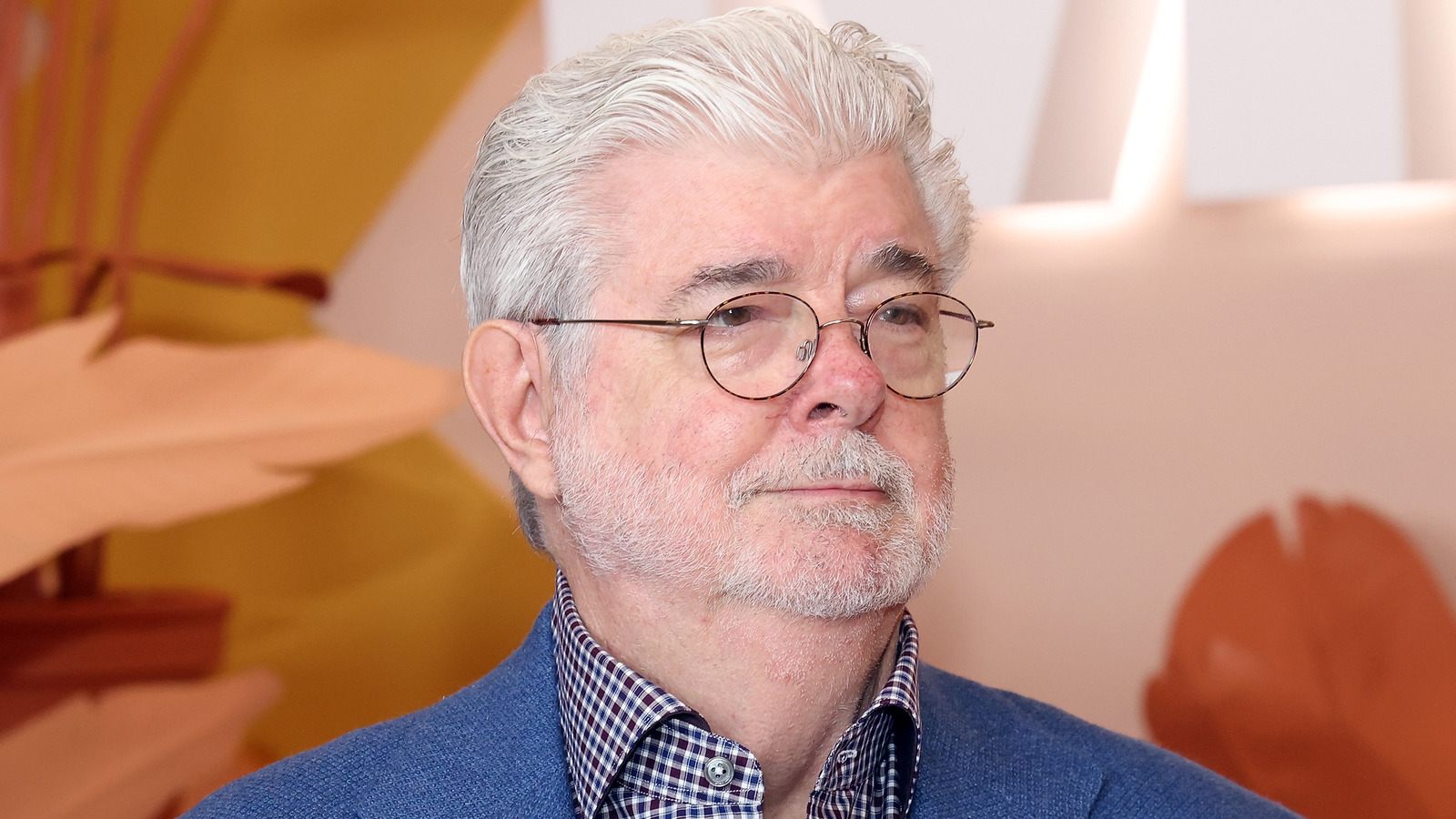Anyone who follows Boston’s restaurant scene ought to be reading Eater Boston, the local affiliate of the national Eater network of city-based blogs covering restaurants, bars and nightlife. In multiple postings each weekday, editor Aaron Kagan manages to vacuum up every significant story on our scene – restaurant openings and closings, chef comings and goings, worthwhile upcoming one-off events, happenings in food TV and other media, what the critics (professional and amateur alike) are saying, interviews with food-world personalities – and report them all with a sly, often satirical edge.
As part of its annual December summing-up of the preceding year, Eater Boston poses a series of questions to the “Friends of Eater Boston”, a group of professional restaurant critics, noted food bloggers, industry insiders, and food-scene personalities. I’m happy and honored to be a part of this group. I’ve collected my answers to the 2012 year-end questions here; click on the questions to go to the original Eater Boston articles to see how other Friends of Eater Boston answered, too.
Eater Boston: Name your top restaurant standbys of 2012 -- the restaurants you returned to most.
MC Slim JB: Strip-T’s, Coppa, Dumpling Café, Estragon, Island Creek Oyster Bar, jm Curley’s.
EB: What are the top restaurant newcomers of 2012?
MC: Gustazo Cuban Restaurant & Cafe, Thai North, West Bridge, China King, Casa B, Shojo, Yume Wo Katare. For bars, I’d add The Hawthorne, Brick & Mortar (though technically speaking, both opened in late ’11), backbar, and First Printer after Brother Cleve was brought in to revamp its cocktail program.
EB: Describe 2012 in one word.
MC: Ramenmania!
EB: What was the best Boston-area dining neighborhood in 2012?
MC: Allston. For the nth year running, it presents the highest concentration of worthy budget restaurants in Boston. Particularly enjoyed the new Kaju Tofu House, which specializes in sundubu jigae, a Korean spicy tofu soup that is a great morning-after restorative; JoJo Taipei, an excellent traditional Taiwanese restaurant; and Lone Star Taco Bar, the terrific border-food joint from the Deep Ellum folks.
EB: What was the biggest dining surprise of 2012?
MC: Seeing Mad Men’s Jon Hamm at Taberna de Haro, along with Tom Werner, Larry David, Michael Keaton, and Patrick Lyons. I try to be cool around any celebrities I see around town, so I didn’t look at them as I walked by on my way out. But I’m a huge Mad Men fan, and so I had to steal a glance at Hamm through the front window from the sidewalk. He caught me, gave me a big, bug-eyed, goofy grin, as if to say, “Yeah, I know you’re gawking.” Love that man: as an actor, a style icon, and off-camera, a very funny guy who seems genuinely humbled by his fame and success. For me, the real, ongoing surprise is that most celebrities that visit Boston are seen dining in stupid tourist-trap restaurants, not great local places like Taberna de Haro.
EB: What and where was your single best meal in 2012?
MC: Always hard to pick one, but I had a memorable multi-course dinner at Thai North, which features the rare-in-Boston cuisine of Thailand’s Chiang Mai province, though you’ll only taste it if you order off the specials board. I went with a bunch of my food-geek friends, and we went to town, though the check didn’t crack $20 a head with a nice tip. Highlights included dressing fish, duck larb, khao soi, and mango sticky rice. A criminally overlooked place.
EB: Were there any restaurants that you broke up with in 2012, i.e., places you stopped going to?
MC: I guess it’s hard to have a breakup when you never really got past the flirting stage, but I’ve been singularly unimpressed with most Seaport restaurants and bars outside of standbys like Drink and Sportello. In my book, the lovely harbor views don’t compensate for mostly underwhelming food and drinks. I’m hopeful something there will wow me in 2013, but for now I’d rather give my affection to non-chain, independent restaurants in less touristy neighborhoods.
EB: Dining world headline predictions for 2013?
MC: Humanity’s heavy footprint on the planet will continue to adversely affect how we eat: drought, floods and violent storms will contribute to famine and higher food prices. We’ll see more big outbreaks of food-borne illness due to our over-reliance on antibiotics and factory farming. I expect we’ll see more and more seafood species disappearing from overfishing. The swelling ranks of the newly-prosperous middle class in places like India and China will drive up oil prices, in turn driving up food prices, and their accompanying rise in the consumption of meat, wine, and luxury foods will make those things more expensive, too. I hope this will serve as a wakeup call for us to get more serious about sustainable energy, fishing, and agriculture, as well as global warming, but I’m not optimistic on that score. Okay, I need to go eat a locally-grown turnip now. Happy New Year!






